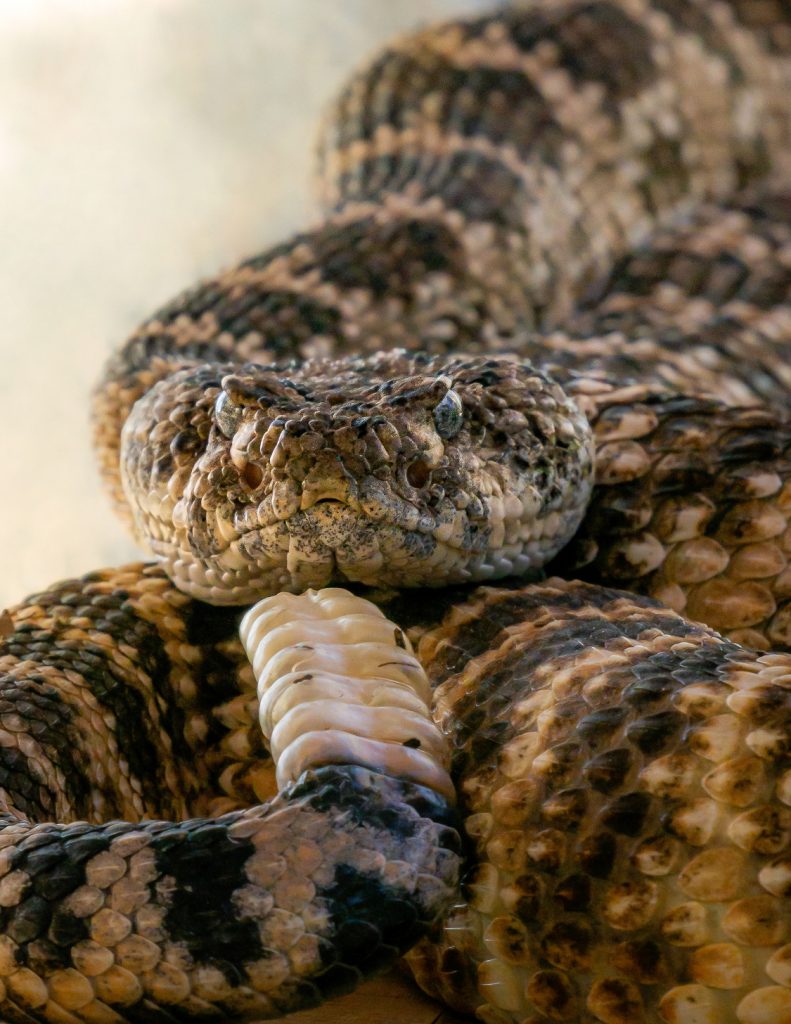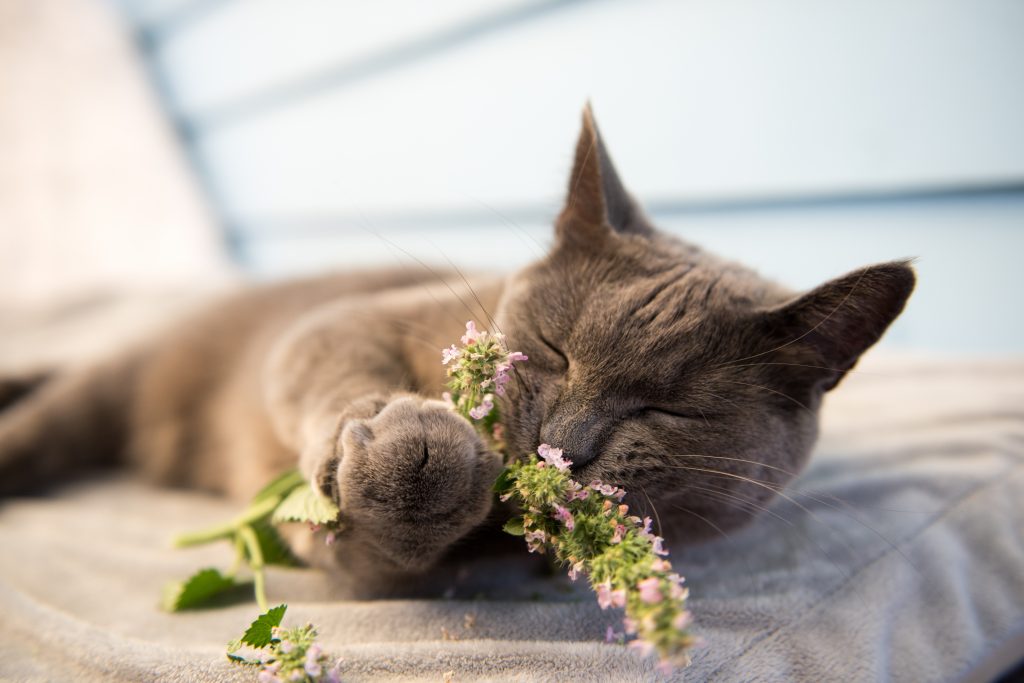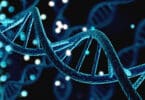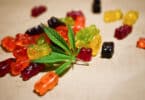We know that plant-based medicine has been part of civilization since the earliest humans walked the earth. Even today, up to 25 percent of OTC and pharmaceutical drugs contain plant extracts, or synthetic versions of the natural compounds. But we’re not the only creatures that use substances to relieve pain, regulate the body, or alter the mind. Many of our animal brethren – from intellectually advanced primates to instinctive insect colonies – do the exact same thing.
Think about some of our most common animal companions, cats and dogs. If your furry friends spend any amount of time outdoors, there’s a strong chance you’ve seen them eating grass. Some experts believe it’s to aid in digestion, treat intestinal worms, or boost vitamin levels; but the bottom line is, this is a self-medicating behavior that has been observed in wild, feral, and domestic species.
In Eastern medicine and many societies where people live a more traditional and natural lifestyle, the difference between food and medicine is negligible. Take the term “ishoku dougen” a Japanese phrase that directly translates to “medicine and food are of the same origin”. This can explain why so many people report substantial health benefits (such as lowering of blood pressure and managing diabetes) after switching to a plant-based diet. If we consider that natural medicine has healed us and kept us alive for so long before modern pharmacology came into play, the idea of animals self-medicating the same way we do becomes much more plausible.
Remember to subscribe to The Psychedelics Weekly Newsletter for more articles like this one and all the latest, most exciting industry news. And save big on Delta 8, Delta 9 THC, Delta-10, THCO, THCV, THCP & HHC products by checking out our “Best-of” lists!
What is Zoopharmacognosy?
The act of animals self-medicating is referred to as zoopharmacognosy (“zoo”, “pharmaco”, “gnosy”), a term with Greek roots that can be roughly translated to mean “animal”, “remedy”, and “knowing”. It’s a relatively new field of biology, officially documented for the first time in 1987 and still considered a somewhat fringe concept.
That said, there are hundreds of instances of animals, even carnivores, using plants medicinally and sometimes recreationally. Similar to us, animals self-medicate with a few different delivery systems, depending on the compound and the condition they’re trying to treat. Like our prescription medications, plant-based treatments can be eaten, inhaled, applied topically, and so on.
For instance, chimpanzees swill the leaves of Aspilia plants in their mouths, which releases toxins that kill gut bacteria. Another example would be formic acid created by ants, effective at killing bird lice. Over 200 species of birds are known to roll around in ant nests to aggravate them into spraying this lice-killing acid. And speaking of ants, wood ants control disease and fight pathogens within their colonies by building their nests out of conifer tree needles, whose sap contains potent antimicrobial compounds – this is the equivalent of disinfecting your home.
Animals also use plants in proactive and preventative ways, akin to our utilization of vitamins and supplements. A great example of this is seen in various tropical species such as parrots, bats, and sifakas, who consume dirt and clay containing very high levels of minerals and nutrients. Brown bears have also been observed taking an active stance on plant medicine, by making pastes out of mashed, wet osha root and rubbing it on their bodies to prevent insect bites. And of course, our beloved dogs and cats eating grass as mentioned earlier, which has been reported by many pet owners, but you can also find a published study on the topic here.
Learned or instinctive?
Most actions and behaviors of modern-day humans are learned through a combination of personal experimentation, observation, and passed-down information. Because adult humans rely so much on higher reasoning and technology, we have very little reason to be instinctive in today’s world. At this point, we barely even need to have a sense of direction anymore. Sure, we might get some gut feelings that seem important, and we try to listen to them, but we tend to override these so-called instincts with logic and experience.
An instinct, on the other hand, is “an innate, typically fixed pattern of behavior in animals in response to certain stimuli.” Lions hunt instinctively, snakes brumate instinctively, and human babies cry instinctively – but at around 6 months of age, our instincts, often referred to as “baby reflexes” begin to give way to learned behaviors and intentional actions.

Self-medication has always been thought of as a learned methodology, perfected over centuries thanks to trial-and-error coupled with the detailed record-keeping of our ancestors. However, emerging research on both, animals and natural healing, has poked a few holes in this theory. The first documented examples of animals self-medicating came from studies on primates, a species that also can watch and absorb information (monkey see monkey do), but the fact that this behavior has also been observed in several different insect species indicates that it could be more hard-wired.
Animal communities and social medicine
We tend to think of medicine as being very personal and individualized, which it is to an extent, but there are many social aspects to it as well. Medicine varies culturally, and society often decides collectively what type of medicine is practiced and how it is applied. Even in psychiatric settings, society concludes what is considered abnormal behavior, and how such behavior should be dealt with.
Historically, many different forms of medicine existed throughout the world. Although some overlapping practices and theories did exist, overall, physical and mental disorders were known to be caused by a number of different factors, many of which were genetic and regional – such family medical history, diet, and weather. Initially, the diagnosis and understanding of health disorders was social, and based on people simply making observations about themselves and others. Over time, we developed multidisciplinary approaches to better recognize and manage these disorders.
A good example of social medicine is in the implementation of vaccinations or quarantines. Pandemic craziness aside, just during bad flu seasons it was common for the CDC (Centers for Disease Control) to recommend that people be extra vigilant about washing their hands and avoiding crowded spaces. I gave birth to my second son during a particularly nasty flu season, and the hospital had a lot of restrictions in place regarding cleanliness and visitation. For example, I could not have more than one person in the room with me at any given time, and no one under the age of 18 was allowed in the labor and delivery area.
In nature, animals often live in groups, and when we look at insects, many live in colonies of up to millions of other organisms; like some of the world’s most populated cities. Social insects such as fruit flies, bees, and ants participate in a phenomenon known as social prophylaxis, a process consisting of various methods to preserve the health and well-being of their society as a whole, but often it’s accomplished by collecting antimicrobial resin from trees. The insects consume it, and also feed it to their young in order to prevent disease. Although resin-collecting is practiced by many different species of insects, the time and method of collection varies.
Do animals like getting high too?
This is the million-dollar question. The idea of animals using plants therapeutically is not so farfetched, but animals getting high… is that even a thing? As it turns out, yes. Animals are much more like us than many realize. Not only do they learn how to harness their local resources in a medicinal fashion, but they seemingly are not afraid of a good time either.
Just like us, different animals prefer different highs. Some like to trip, others just want to relax, and quite a few prefer to get drunk. The Smithsonian reports on adventurous dolphins who intentionally instigate toxic pufferfish. When threatened, pufferfish release a chemical cocktail that can be extremely potent and dangerous, but in small doses may produce a trance-like, hallucinogenic state. Cats like getting high too, using a plant in the mint family called Nepeta cataria – commonly known as catnip, nicknamed so because roughly two-thirds of cats exhibit an intense attraction to this plant.

In Siberia, it’s not uncommon for reindeer to eat Amanita muscaria mushrooms to experience their psychotropic effects, although how ‘high’ they actually get still remains up for debate. Some experts theorize that, while humans seek out these specific compounds to foster feelings of spiritual connection, the reindeer might use them to make the monotony of a cold, bleak, depressing winter a bit more tolerable.
Horses also engage in recreational drug use. They enjoy a plant known as locoweed, which has similar effects on horses as pot does on people. Locoweed is the only green plant that grows throughout the winter in some areas, so horses initially find it as a food source then keep coming back for the high – to the point that ranchers have to constantly monitor their pastures for locoweed plants to keep their stables sober. Then we have elephants, which are pound-for-pound the largest land animals on earth, and they enjoy getting drunk. And elephants can get pretty destructive when they’re on a bender, often wandering into towns and demoing small buildings and other structures.
And the observations don’t stop there: bees high on orchid nectar, goats eating magic mushrooms, birds affinity for marijuana seeds, rats, mice, lizards, flies, spiders and cockroaches on opium, moths gravitating to the hallucinogenic datura flower, drunk monkeys abandoning their children, and mandrills tripping on iboga root.
Even my grandmother used to have an alcoholic parrot that would dip its beak into any uncovered glass of alcohol that it came across, until it was wobbling drunkenly all over the kitchen counter. And it wasn’t just a one-time thing, it was a regular occurrence for this party bird. I currently have a cat that looooves the smell of weed. When I start smoking, he’ll often come over and get in my face to try and catch a whiff; then he’ll purr and paw at me until I finish.
Why this all matters
As resistance of microorganisms to various forms of medication continues to rise, researchers are constantly on the lookout for new ways to fight illness and infection. Since so many of our existing therapies already contain plant compounds and synthetic isomers, it makes sense to continue searching in nature for novel treatment options.
Making note of what plants the animals are using can be helpful in determining what we can treat with these compounds as well, and while that may seem like a somewhat foreign concept to many, it was a smart survival strategy in a time when doctors, pharmacies, and antibiotics were not available. Take the brown bears I mentioned earlier. Several Native American tribes witnessed them using osha root paste, and they adopted the method for themselves.
And just as important as finding new medicines, if not more so, is the knowledge that we gain about the environment around us, the importance of natural food, and how to conserve it. Much like the idea of the entourage effect, when we eat from the earth we benefit from the diverse interlinking of primary compounds and secondary metabolites found in plants. When we, as humans, truly understand the importance of plants in their natural state, as opposed to mass-produced factory-farmed vegetables, we will put in the necessary effort to salvage what is left of our environment.
In that same vein, research about animal self-medication can help us learn about the most effective ways to care for certain species. Take the common honeybee. For decades, beekeepers have been choosing bees that collect less resin, because excess resin makes it much more challenging to collect honey. However, resin is known to protect bee colonies from pathogens, and knowing how quickly an entire beehive could succumb to disease, it could be worthwhile to let the bees collect resin as they naturally would.
Conclusion
As far removed as we are from some the animals on this list, we still share similarities. It seems that all species on earth have a want, urge, or instinctive need to feel “good”, whatever that means to them. It could be as simple as relieving minor pains or stomach aches, to a full-on psychedelic trip that completely alters one’s perception of the world around them, and everything in between.
Psychopharmacologist Ronald Siegel sums up the “rampant drug use” in the animal kingdom in his book, Intoxication, like this: “[The] pursuit of intoxication with drugs is a primary motivational force in the behavior of organisms.”
Sounds about right.
Hello readers! Thanks for joining us at CBDtesters.co, the #1 internet location for the most recent and interesting cannabis and psychedelics-related news from around the globe. Visit the site everyday to stay abreast of the quickly-moving landscape of legal drugs and industrial hemp, and sign up for The Psychedelics Weekly Newsletter, to ensure you always know what’s going on.
Disclaimer: Hi, I’m a researcher and writer. I’m not a doctor, lawyer, or businessperson. All information in my articles is sourced and referenced, and all opinions stated are mine. I am not giving anyone advice, and though I am more than happy to discuss topics, should someone have a further question or concern, they should seek guidance from a relevant professional.









